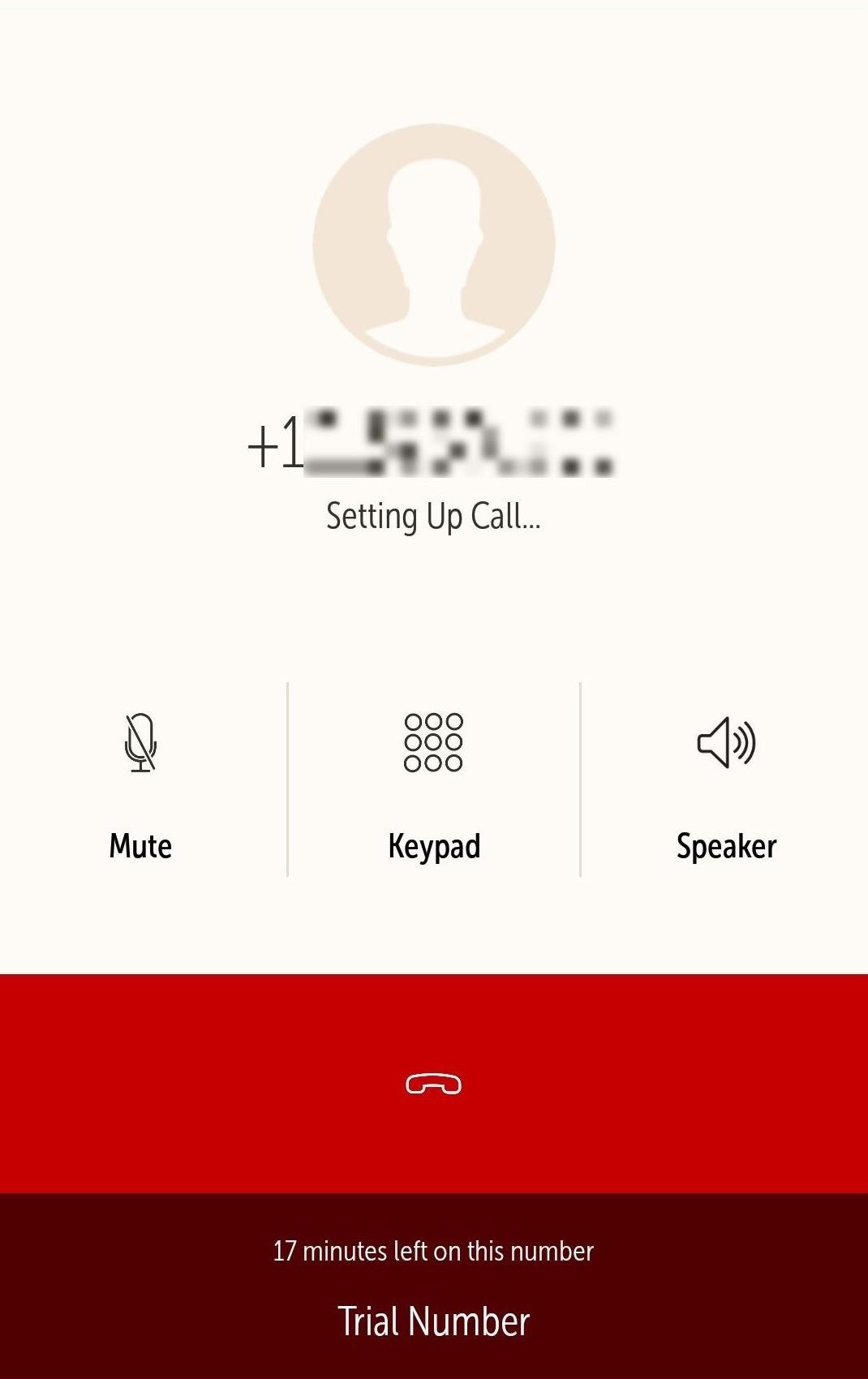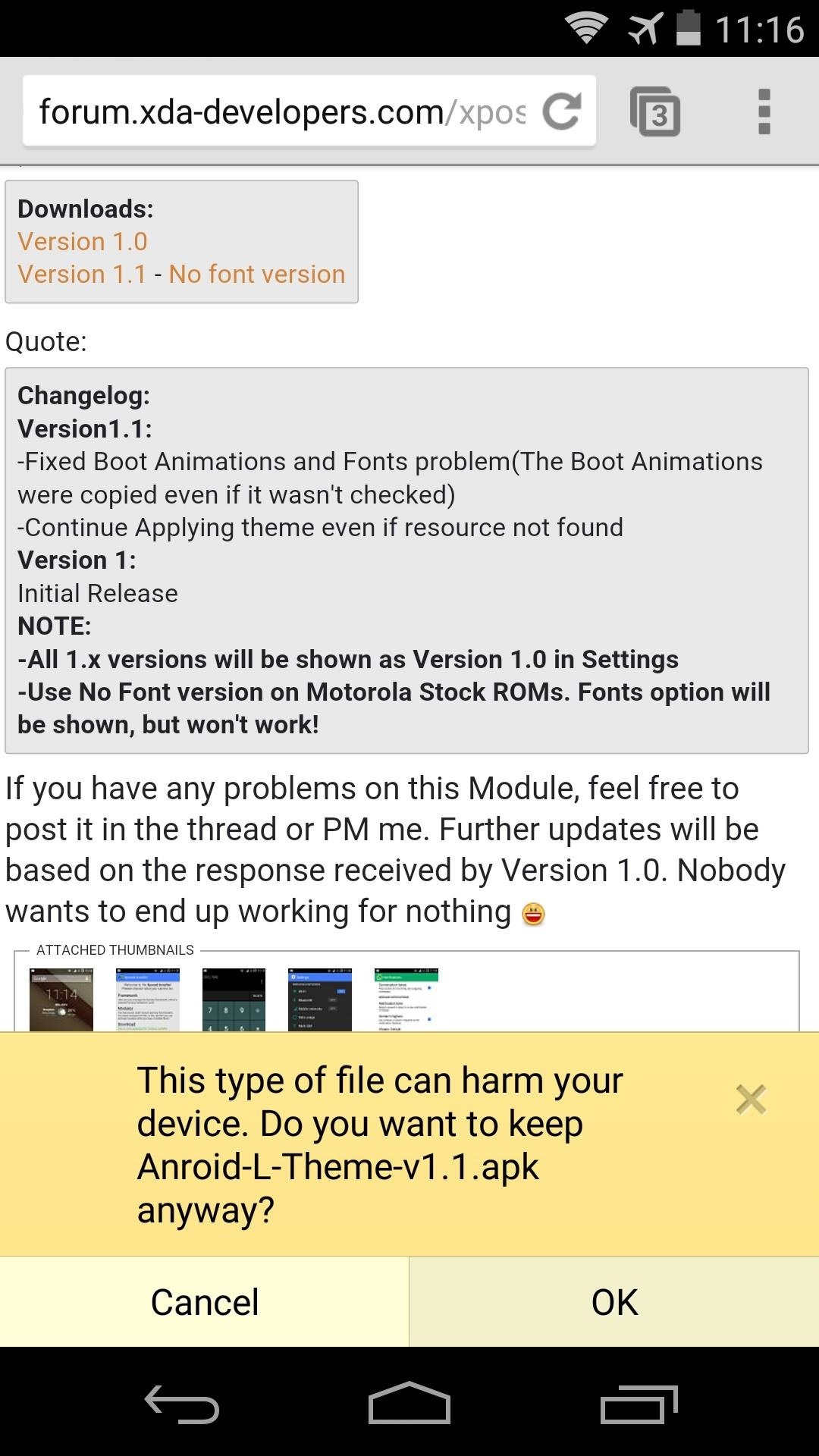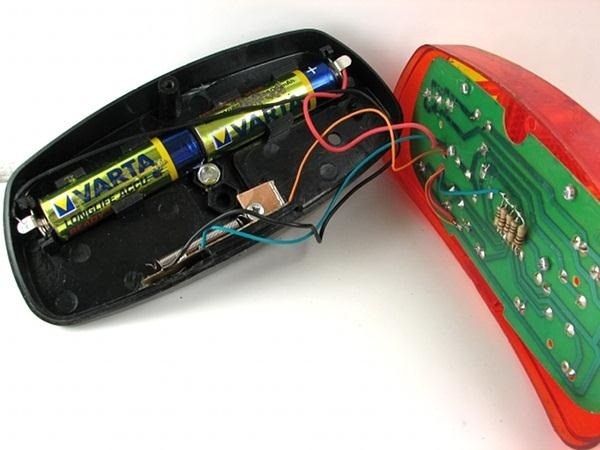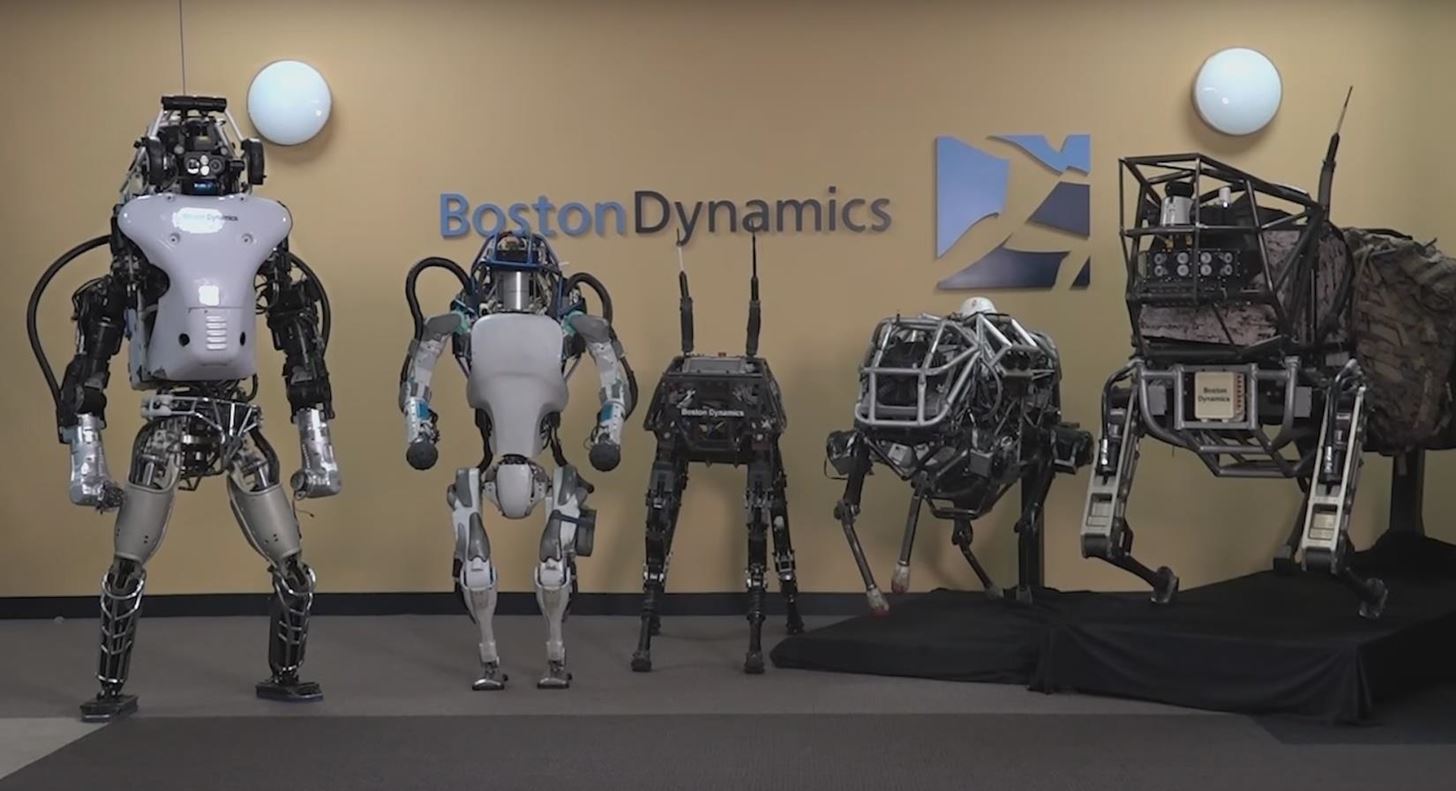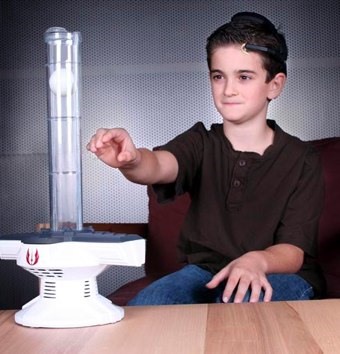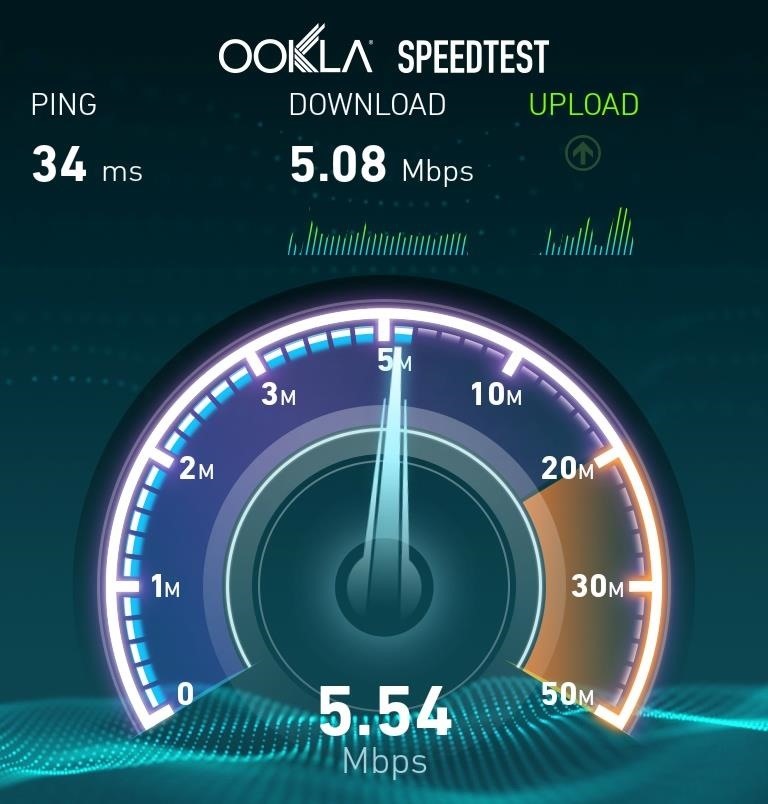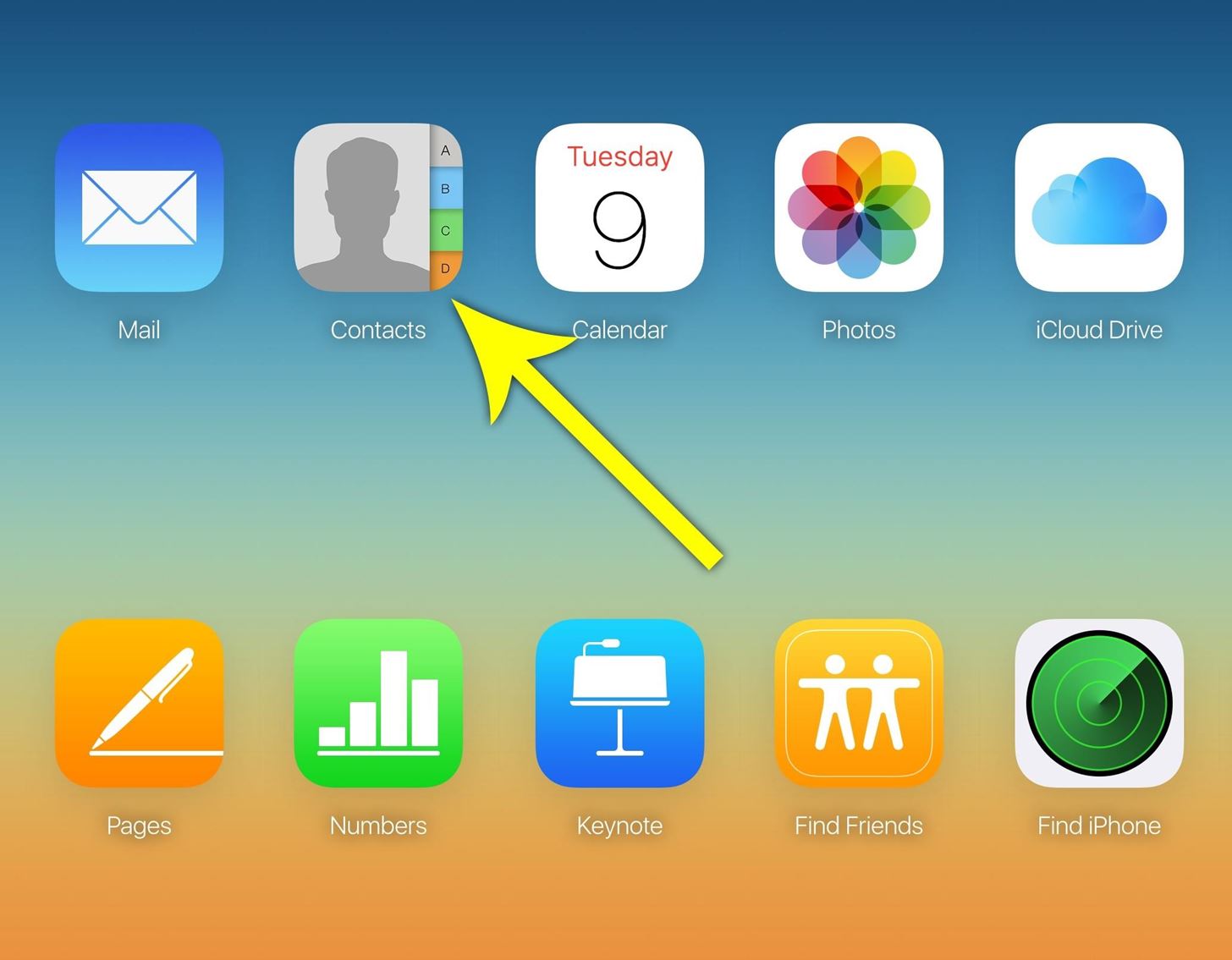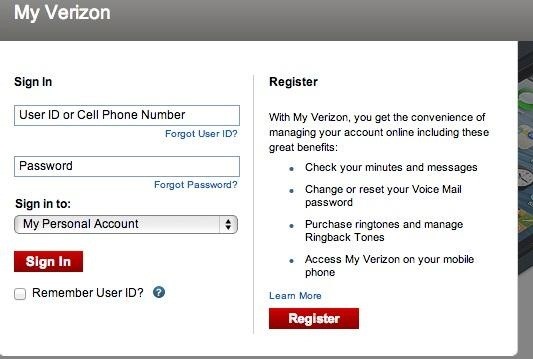News: 10 Things Android Users Hate About iPhones
I'm an Android user. Over the course of the past seven years, I've owned ten different smartphones—all of them powered by Android. This isn't due to some blind trust in Google or some unfounded hate for Apple, either, because I've always made sure to get my hands on each iPhone iteration along the way to see what it had to offer.But just this last April, I finally got my very first iPhone. It's an iPhone 6, so it's not the latest and greatest, but it does run the most recent version of iOS. This has finally afforded me the chance to really compare the two operating systems, as opposed to my previous method of researching and copping five-minute sessions with in-store demo units.Don't Miss: 10 Ways iOS Beats AndroidI'll do my best to stay away from the obvious things like Siri vs. Google Now, the lack of custom launchers, and the locked down interface on iOS, since those issues have been covered ad nauseam. Instead, I'll take a closer look at some of the minor frustrations one encounters while using iOS, and all of the small things that Android does better than iOS.
Don't Miss: 23 Apps That Are Great for Both Android & iOS
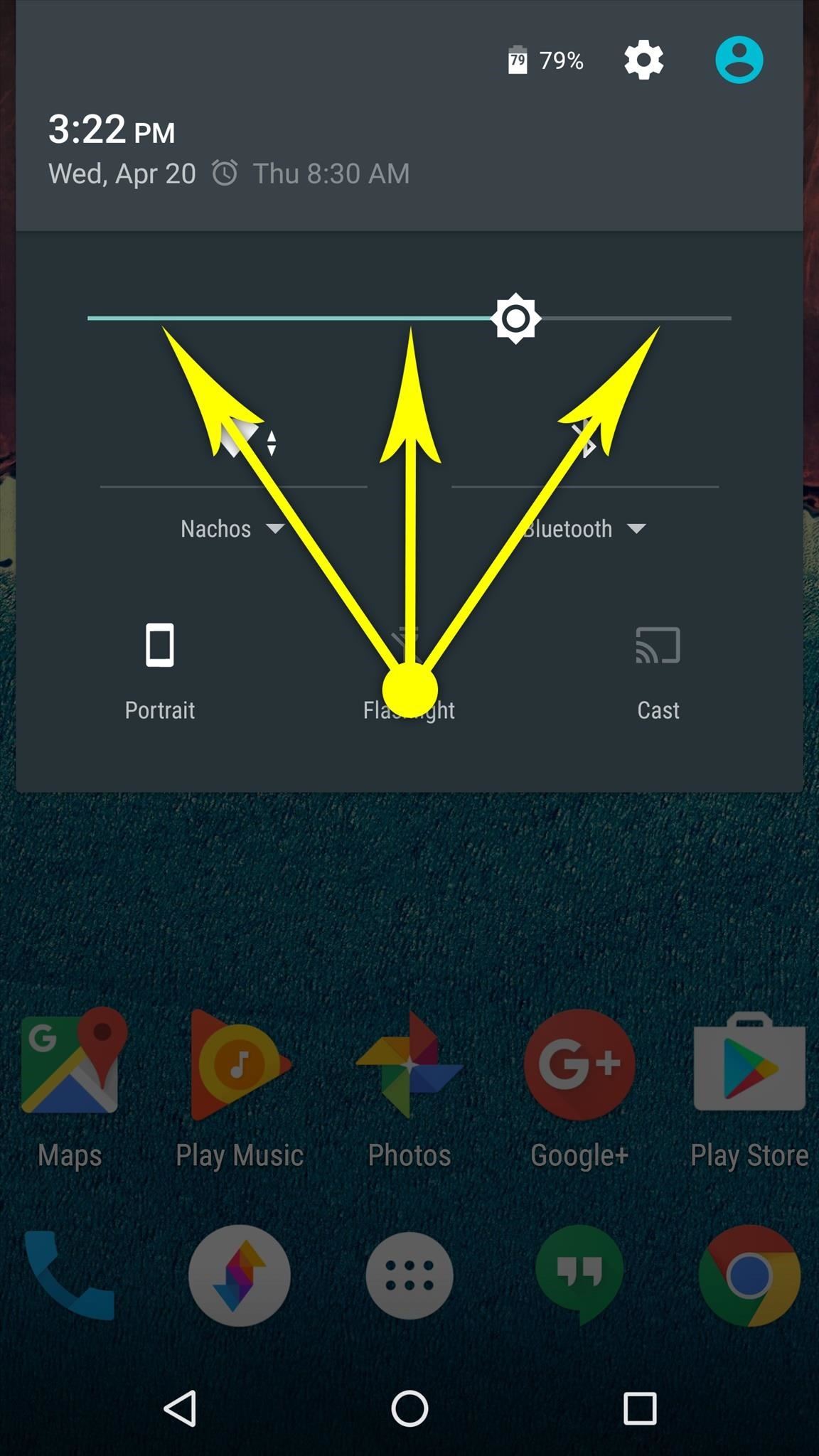
#1 - Finicky Brightness & Volume SlidersMy first gripe with iOS is a minor one, but it's one of those little things that can grow to be infuriating the more you encounter it.With Android, when you want to adjust brightness or volume, you simply tap the slider at the point where you'd like it to be set, then the indicator jumps to meet your fingertip. iOS, on the other hand, actually forces you to drag the tiny indicator to the position you want, wasting precious seconds every time you adjust one of these primary functions.

#2 - Back Button IssuesI've read many accounts of users switching to Android after years of being tied down to iOS, and one standout that's easily agreed upon is that Android's back button is a godsend.Don't Miss:Become a Reachability Power-User on Your iPhoneiOS actually has a really nice feature that lets you swipe in from the left edge of your display to go back one screen in the app you're currently using. But the problem here is that it's up to app developers to implement this feature, and most don't.So the majority of times, you end up having to do thumb yoga to reach and tap the back button way up at the top of your screen, which gets old really fast, and has probably led to a lot of broken screens. There is the Reachability feature that helps with this somewhat, but that's more work than I'd like to do. (1) Jose Altuve uses Android. (2) Kawhi Leonard uses iOS.

#3 - Spotlight Search Is TerribleWith Android being created by Google, it was destined to always have a better search experience than other mobile operating systems. But the problem with iOS goes beyond the fact that Apple uses Bing as its default search provider in Spotlight Search (Google is sill the default in Safari), even though that was an obviously terrible decision.Spotlight Search, the all-inclusive search function on iOS, has its priorities out of whack. Any search you perform is cluttered with irrelevant suggestions from Siri, apps you've installed, apps you might want to install, and then way at the bottom, there's a link to just search the web—which then opens an entirely different app—using Safari to search Google.You can disable Siri suggestions and individual apps from appearing in Spotlight, but that's about it, and doesn't help clear up most of the mess.

#4 - You Can Toggle Settings, but You Can't Access Them EasilyThe Control Center on iOS is analogous to Android's Quick Settings menu in almost every way—it's where you go when you want to quickly toggle settings or adjust brightness, for instance.But on Android, when you want to dig a little deeper and perhaps connect to a different Wi-Fi network rather than just turning Wi-Fi off, you can expand these Quick Settings into mini-menus, or even access the entire Settings menu in one tap. With iOS, you have to head to your home screen, find the Settings app, then dig around to do anything aside from toggling these settings, which gets frustrating fast.

#5 - I Have No Idea What Kind of Phone I HaveMaybe this is more of a gripe with Apple than with iOS itself, but when the folks at our main office sent me this iPhone, I didn't know if it was an iPhone 5, 6, or 6s. So one of the first things I did was try to solve this mystery, obviously—but nowhere on the phone or in the "About" menu did it say exactly which iPhone I was holding in my hand. Sure, model numbers are present, but nothing states the common name.I admit that my situation here was a bit rare, but when you consider all of the used iPhones being sold on Craigslist and the like, it would be nice to have some sort of official confirmation in the software that you're actually getting what you're paying for, rather than the easily-altered print on the back of the device. Sure, I could Google the model number, but why should I have to?

#6 - You Can't Clear All App Data Without Jumping Through HoopsSometimes, apps act up. Their data becomes corrupt for one reason or another, which can lead to crashes or other bugs. When this happens with an Android app, you just head to the "App info" page and clear the app's data, which allows you to start fresh. Or, you simply uninstall the app, which removes all associated data, then try again after a reinstall.With iOS, you never truly "uninstall" an app—instead, what's actually happening is you're simply deleting the main package file and some app data. In many cases, a lot app data will be left behind, so even if you reinstall the app, you could have the same problems. The only way to fully remove all app data on iOS is to delete any iCloud backups, then factory reset your device, which is something nobody wants to do.

#7 - App Refunds Are a Convoluted MessGetting refunds for app purchases on Android is simple—as long as you're within the refund window, you just go back to the Play Store page where you bought the app and press "Refund"—similar to the way things work in the real world.But with iOS, the App Store itself doesn't provide an easy method for refunds, and instead, you have to visit a separate website and fill out a report, or dig through menus in the iTunes app for Mac or Windows—that's like going to the corporate Safeway office to get your money back for the spoiled milk you bought at the local Vons.Don't Miss: Get Refunds for Apps, Music, Movies, & More from Apple

#8 - You Can't Hide Apps from the Home ScreenEven if I hadn't grown accustomed to Android first, I'd probably still be annoyed by the inability to hide icons from the home screen on iOS. I like a clean home screen free of distractions, but even without regarding personal preference, the simple fact that you can't remove certain apps or their icons would frustrate just about anyone.True, there are workarounds that exploit bugs to hide apps on iOS, but none persist through a reboot. As it stands, I can't shake this feeling that the iPhone's home screen is just one giant app drawer.Don't Miss: The Trick to Hiding App Icons on Your iOS Home ScreenNote that in iOS 10, Apple has addressed this issue by allowing you to remove most apps from your home screen, excluding apps such as Photos, Settings, App Store, Messages, etc.

#9 - One Button Does 5 ThingsPossibly even more annoying than the single-button mouse Apple uses with its iMacs is the lone human interface button on iOS.The "Home" button on iPhones is all over the place, to the point where it can easily lead to confusion. A short press takes you home, a long press opens Siri, a double press takes you to your recent apps, a triple press triggers accessibility shortcuts (if enabled), and a double touch shrinks your screen for Reachability (which is very easy to accidentally trigger)—that's quite a lot to ask of one lonely little button.Now you may see this as a personal preference, which I suppose it is. But for every person clamoring about "iOS is easier to use than Android," what exactly is easy about having to memorize five different gestures to perform basic tasks? Compare that to Android's back-home-recents trio of buttons, and—actually, don't bother comparing, it's obvious which implementation is more user-friendly. Apparently, I'm pretty passionate about my buttons, because I can't bring myself to stop there. One final issue I'd like to address here is more of a hardware thing—the physical button on iPhones actually has to be clicked. Most Android phones, on the other hand, have on-screen buttons that are tapped, just like the rest of the interface. Think about it—you want to open an app, you tap the icon. You want to go back, you tap a button. Tap, tap, tap away, but when you want to go home or perform any of these other gestures? CLICK. It's a terribly inconsistent experience.

#10 - There's Only One Rendering Engine (Safari)Apple uses something called UIWebView to render webpages in Safari. It's nice, it's fast, and it's all you really need in a browser—unless, of course, you want something else.The problem here is that even third-party web browsers like Google Chrome have to use this UIWebView to render content on iOS. This means that even if you install your own browser, you hardly get any of the benefits, because you're really just using Safari with a different interface. Like I said at the beginning, I'm an Android user, so of course I'm carrying some bias here. Nonetheless, I tried my best to look at both operating systems objectively before writing this article, and now that I'm done—I'm still an Android user first.Follow Gadget Hacks on Facebook, Twitter, Google+, and YouTube Follow Apple Hacks on Facebook and Twitter Follow Android Hacks on Facebook and Twitter Follow WonderHowTo on Facebook, Twitter, and Google+
Cover photo by Justin Meyers/Gadget Hacks; screenshots by Dallas Thomas/Gadget Hacks
You can now play Snake while watching the video. This trick only works in YouTube's new player, which is only available for videos that don't include annotations or ads. It's limited to the videos played on YouTube's site and it doesn't work for embedded videos. Here's an example of video you can use to play Snake.
YouTube Easter Egg: Play "Snake" Game While Watching a Video
Advertising is probably the most common use of QR codes. Brands can add a QR code to a billboard or magazine, for example, that sends users to its website or a coupon or landing page. For the user, this takes away the hassle of typing in a long URL, or jotting it down on paper.
When you move to a new Apple Watch or new iPhone, one thing you need to keep an eye on is your health data. Because it's a very private set of information, it's available as an optional set of data to sync to iCloud in iOS 11, as well as via encrypted iCloud and iTunes backups. If you want to move
How to Import Medical Records to iPhone's Health App with iOS
Soldering stainless steels Introduction. Soldering is often used for joining stainless steel in applications such as roofing and water tubing (plumbing). Soldering, like brazing, uses filler alloys with lower melting points than the parent metal (i.e. the stainless steel) being joined.
PDF Soldering to Stainless Steel - Kester
Also Read: Best iOS Apps To Improve Your iPhone's Camera Quality. How To Force Close Running Apps on iPhone X. The method is quite simple and straight and you just need to use the inbuilt settings of your iOS that will help you to easily force close the apps that you want to stop right away. So follow the below steps to proceed.
How to Close Apps on iPhone X, XR, XS, and XS Max in iOS 12
Don't Miss: Always-Updated List of iOS App URL Scheme Names; For this guide, we'll just be focusing on getting the IPA files of apps installed on your iPhone. Once you've installed Apple Configurator 2 on your macOS system (sorry, there is no Windows version of this tool), you can use the steps below to download and save IPAs on your computer
Working with URL Schemes in iOS Apps | Swift Tutorial
How to delete or deactivate a Facebook account - what's the difference? There are two different ways to get your Facebook account offline. The first is deactivating, which means:. You can
Combine WhatsApp, Facebook, & Other Messengers into One App
A Virtual Private Network (VPN) is a great way to add security to your browsing while also preventing snoopers (including your internet service provider), but VPN providers are notoriously sketchy.
How to Set Up Your New iPhone the Right Way - Gizmodo
Phones Leer en español Why you should stop closing apps to save battery life. Clearing out your recent apps list isn't going to save your battery life, whether you're using Android or an iPhone.
How to close iPhone Apps | 5 Tips for a longer iPhone Battery
Despite selecting "annotations sync and backup" I'm not seeing these collections appear on my iPad and iPhone. I've spent 20 minutes reading through Amazon documentation and forum posts and I still can't figure out how to get my Kindle's collections in sync with my iPad.
Synkroniser læselister og Cloud Docs på din iPhone til en
News: The Latest Razer Phone 2 Leaks Suggest Project Linda Might Actually Happen By Jon Knight; Android; After the first image leaked of the upcoming successor to the Razer Phone, many were taken aback by its design, specifically how familiar it was.
How to Get Free Internet on Your Laptop from Your Phone
